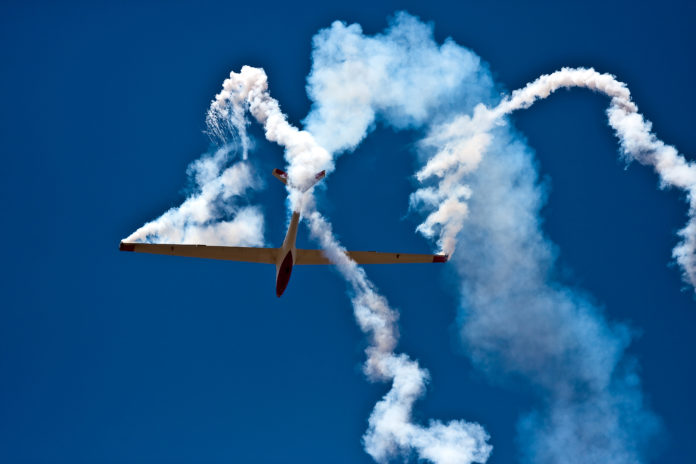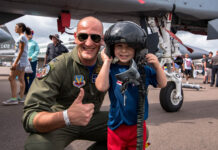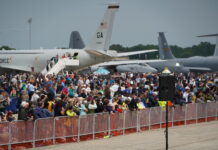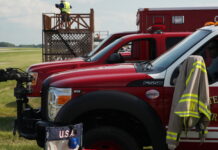A few weeks ago, I was driving the minivan home from doing some shopping with my wife and three young children. As I approached an intersection to turn left, my youngest child started to cry and the traffic light turned yellow. I was just close enough to the intersection that a little voice in my head told me that I could make it, but, instead of hitting the gas, I got on the brakes and came to a stop as the light turned red.
At the exact moment my wheels stopped, a blur of blue and red lights passed as a police cruiser sped through the intersection in front of me. In a matter of seconds, amid a host of counterintuitive stimuli, I made a conscious choice to err on the side of caution, which ended up saving me from a literal and figurative run-in with the law. I share this story not to extol myself as a paragon of safe driving; a brief glance at my driving history would never allow me to make that claim. Rather, I tell this story to begin a dialogue about split-second decisions and the chain of events that lead up to those moments.
In our industry, split-second decisions are not just common; they are one of the most entertaining aspects of an air show. As an aviator, I understand and appreciate the skill, precision, knowledge, and practice that go into manipulating an aircraft through an aerial display. To watch a performer execute a flawless string of “decisions” in a matter of moments is truly a spectacular and captivating art form. Often, these are so ingrained in the performer’s mind that they can practically walk through each step of every maneuver in their sleep. What separates the casual aerobatic observer — like myself — from the professionals in this industry are the split-second decisions the pros make when things go awry.
The ability to exercise the best judgment under pressure is not the result of luck or an innate skill set. A performer who runs into trouble while inverted at 500 feet above the ground does not have time to reason or weigh the consequences of the options they may choose. They do not have the luxury of a calm mind to analyze the problem or determine how to resolve it. There is only time for action…action based on experience, intuition and a carefully cultivated set of skills. Fortunately for us, this is not a circumstance unique to our industry.
Firefighters, police, military, physicians, and those in many other professions face similar instances in which split-second decisions with potentially grave consequences are routinely made. If you were to ask any one of those professionals how they make a decision in an instant, they would all say the same thing: it is never a decision, but a reaction. The difference is subtle, but significant. A reaction is a pre-determined response, whereas a decision involves real-time deliberation when time is at a premium or nonexistent. Reactions differ from reflexes, as well. Reflexes are the instinctual work of the brain stem like pulling your hand away from a hot stove. Reactions, on the other hand, must be built, trained and molded.
Training our reactions is a deliberate process, and the best way to do so is to follow the model that has already been developed by first responders. First, identify the worst-case scenario at each moment in a show/performance. Next, determine the optimal response. Finally, practice that response a dozen times, a hundred times, a thousand times. Practice until it is no longer as much of a thought as it is muscle memory. Then, move to the next segment of the show/performance, and begin the process all over again until the worst-case scenario for every segment of the show/performance has been practiced so much that your optimal reaction to any emergency in your entire sequence is immediate.
The process of changing the way we react in situations can be tedious at times, and it is possible to relapse into prior behaviors or untrained responses. Perhaps the worst-case scenario never occurs. I will admit that I have not yet perfected my reaction to yellow traffic lights, but — on a day when I could have come up on the worst-case scenario at the intersection — deliberately making the safer call prevented a possible accident. Perhaps a performer will never need to know how to recover from a blown hammerhead, but if the performer has conditioned him or herself to the appropriate reaction, the chance for a positive outcome increases exponentially.








